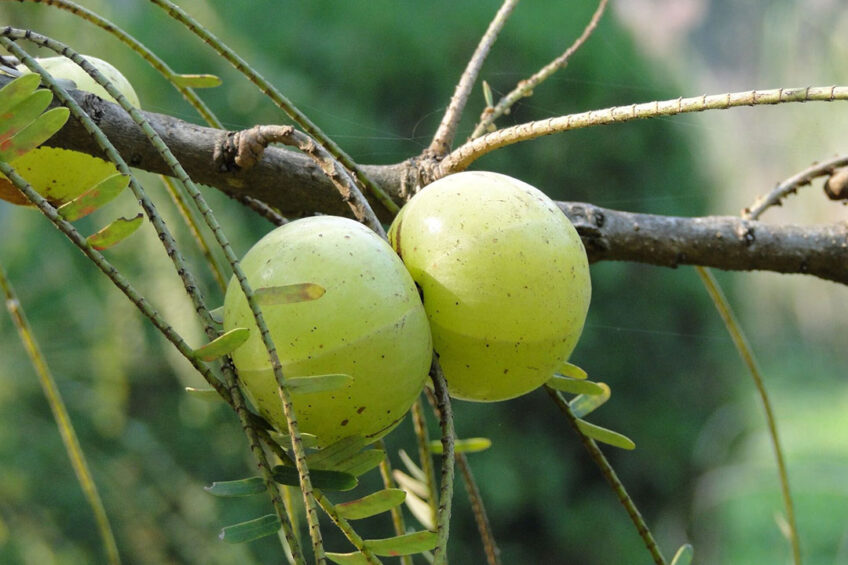Amla fruit: A new feed source for cows

A Chinese and US team investigated the effect of feeding amla fruit on he nutrient digestibility, fermentation parameters, and milk production of lactating dairy cows.
Due to its sour and astringent taste, the Asian amla fruit (Phyllanthus emblica) is not considered suitable for human consumption, resulting in significant food waste. Which sparked the interest of the Chinese and US team to investigate the effect of feeding 3 levels (200, 400, 600 g/d) of amla fruit on the nutrient digestibility, fermentation parameters, and milk production of lactating dairy cows.
Impact of amla fruit on feed intake
The results, which have been published in the journal Animal Feed Science and Technology, show that amla fruit did not impact feed intake, but did impact milk production, milk composition, apparent nutrient digestibility, and ruminal short chain fatty acids production.
Impact on milk
Feeding 600 g/d of amla fruit increased NH3-N (ammonia) and milk urea nirogen concentrations, and reduced milk yield compared to the other dosages.
Anti-nutritional factors
These results suggest that amla fruit can be used as an alternative natural feed source up to 400 g/d on an as-fed basis, but beyond that there may be anti-nutritional factors that limit the levels of amla fruit supplementation. However, it is necessary to conduct additional research in order to determine whether there is a dose-dependent effect of amla fruit on the performance of lactating cows, with a larger sample size and a longer term study.








